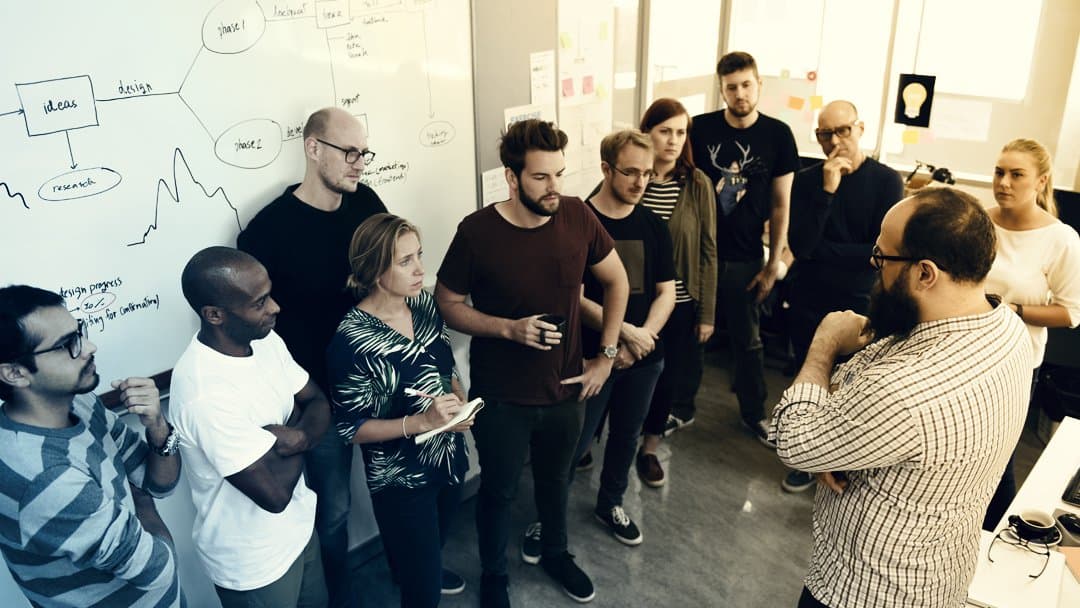Iteration has become a hallmark of the business world. Rather than spending years up front getting it right, the principle of iteration means launching a basic version of a product and then refining it in-market based on customer feedback and other research. In other words, it’s about continually improving products and processes to make them work more effectively.
According to McKinsey, this notion of introducing small, incremental changes on an ongoing basis is one that can help businesses of all sizes and stages achieve peak organizational effectiveness. To leapfrog ahead of the competition, businesses need to interrogate the way they do work, and seek to improve effectiveness by establishing a culture in which all aspects of the organization are assessed and refined as a habitual, ongoing practice.
Small, frequent changes add up
Continuous improvement, as McKinsey defines it, isn’t a thing you do to a specific process or product. Rather it’s an organizational trait in which all aspects of work – from the tools being used to the processes at play – are regularly monitored, evaluated, and optimized. This ongoing assessment shines a light on what is and isn’t working, opening up frequent opportunities to introduce and test newer, better approaches.
And while continuous improvement might encompass big changes too, it’s generally not about complete overhauls. Instead, organizations that focus on continuous improvement often look for readily-implemented solutions that can quickly improve or eliminate inefficient processes and bottlenecks, fueling productivity and helping the entire organization be more productive.
There are three key ways businesses that excel at continuous improvement make it happen:
They look for ways, both big and small, to innovate how they do what they do.
They involve all employees in the process, enabling knowledge sharing and the generation of ideas for improving;
They actively explore ways to deliver better customer experiences and to respond to external influences that are affecting the business.
This perspective shift opens up opportunities to make small, frequent changes that can add up to big impact: in one example, McKinsey cites a client that reduced product testing cycles by 80 percent by introducing a steady stream of small changes to how their engineering and testing teams collaborated.
Turn your organization into a continuous improvement machine
Continuous improvement doesn’t happen by accident. In order to empower employees at all levels to identify opportunities to improve effectiveness, organizations need three vital things:
Performance Transparency: You can’t find opportunities to improve if you don’t know how your current efforts are working. Share company and departmental goals, and how performance is tracking against those objectives, to pinpoint areas for improvement. Real-time performance metrics allow the workforce to see what is and isn’t working, as well as how specific actions affect results.
Knowledge Sharing: To make a significant impact, best practices must be scaled across the organization. Establish a center of excellence to help reduce silos and promote the dissemination of improved processes and tools that will fuel results across the business. Create a centralized portal based on those learnings to provide easy access to the information people need to then implement new best practices.
Employee Involvement: There are no individuals better positioned to identify process snags and improvement opportunities than those doing the work. Continuous improvement necessitates a “bottom-up” approach, in which employees are encouraged to share their ideas and empowered to introduce solutions.
Success in business often comes down to the ability to quickly identify and adjust underperforming elements to make them work more effectively. By shifting their internal culture, organizations can transform themselves into continuous improvement machines, increase effectiveness, and ultimately achieve more.
Looking for a way to work that works for you — and that can adapt as your tasks, projects, and programs change? Read the report 6 Reasons Your Work Is So Dysfunctional — and what you can do about it to learn how you can take control of the way you work and achieve more by solving for these common issues at work.

